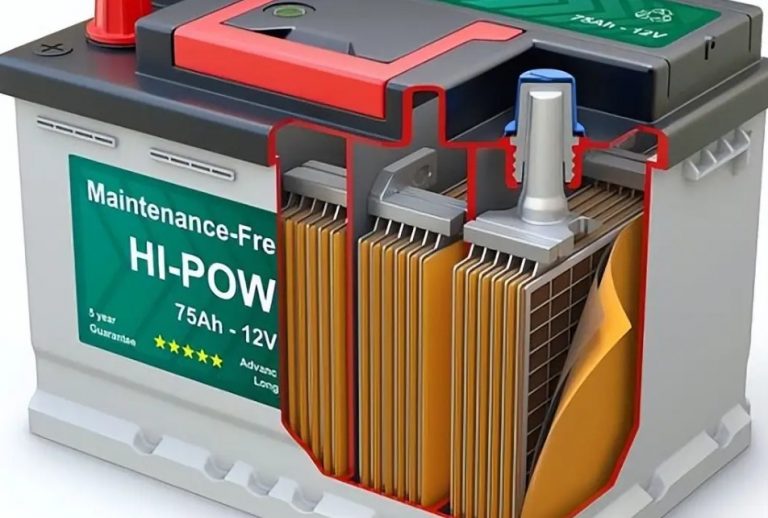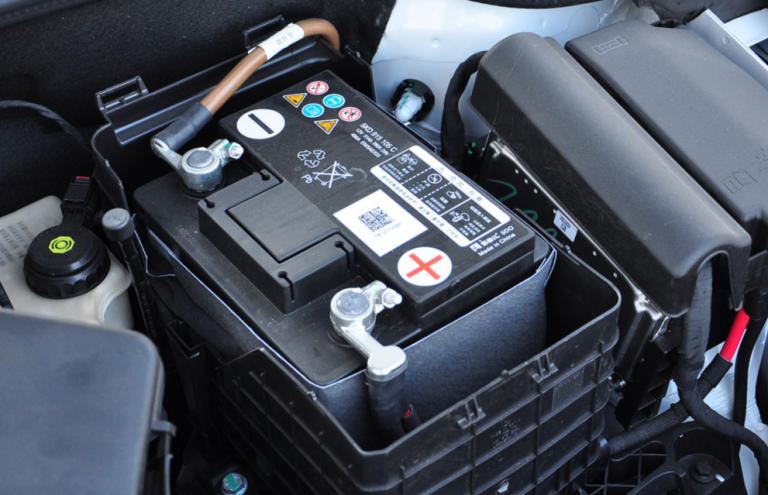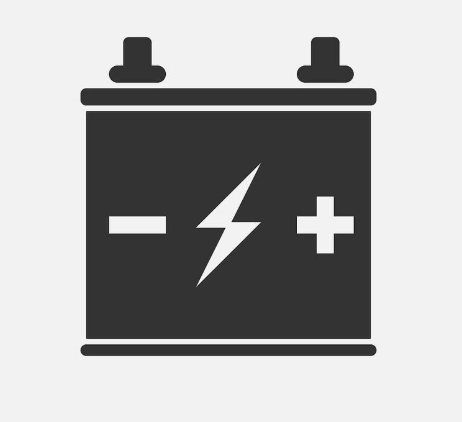Гелевая батарея против свинцовой кислоты: Комплексное сравнение
Gel Батарея vs Lead Acid, Вещи, о которых вы должны знать.
1. История развития: A Timeline
Свинцово-кислотный batteries have been the foundation of rechargeable battery technology since their invention by Gaston Planté in 1859. Они стали широко использоваться из-за их надежности и экономической эффективности. Гелевые батареи, разработан в 1950 -х годах, improved upon traditional lead-acid batteries by using a gelled electrolyte, making them safer and more durable.
Key Milestones:
- 1859 – Gaston Planté invents the first rechargeable lead-acid battery.
- 1881 – Camille Alphonse Faure introduces pasted plates, enabling mass production.
- 1957 – Otto Jache develops the gel battery, making it spill-proof and maintenance-free.
- 1980s-2000s – Advancements in gel batteries improve their performance for deep-cycle applications.
- Present Day – Lead-acid and gel batteries continue evolving with improvements in materials and manufacturing processes.
2. Working Principle and Chemical Composition
Lead-Acid Battery Working Principle:
- Consists of lead dioxide (PBO₂) as the positive plate and sponge lead (Пб) as the negative plate, immersed in a sulfuric acid (H₂so₄) electrolyte.
- During discharge:
- Lead dioxide and sponge lead react with sulfuric acid to form lead sulfate (PbSO₄), releasing electrons that generate electrical current.
- Во время зарядки:
- The reaction is reversed, converting lead sulfate back into lead dioxide and sponge lead while restoring sulfuric acid concentration.
Gel Battery Working Principle:
- Functions similarly to lead-acid batteries but with a key difference:
- The sulfuric acid electrolyte is mixed with silica to form a gel-like consistency, immobilizing the electrolyte.
- This prevents spills, reduces water loss, and allows for deep discharge without significant damage.
Chemical Composition Comparison:
| Компонент | Свинцово-кислотный аккумулятор | Gel Battery |
|---|---|---|
| Positive Plate | Lead dioxide (PBO₂) | Lead dioxide (PBO₂) |
| Negative Plate | Sponge lead (Пб) | Sponge lead (Пб) |
| Электролит | Liquid sulfuric acid (H₂so₄) | Sulfuric acid gel (H₂so₄ + silica) |
| Separator | Впитывающий стеклянный коврик (Заседание) or polyethylene | Microporous separator |
| Charge Cycle Reaction | Пб + PBO₂ + 2H₂SO₄ ⇌ 2PbSO₄ + 2H₂O | Same as lead-acid, but immobilized electrolyte reduces evaporation |
3. Technological Innovations and Manufacturing Advancements
Lead-Acid Battery Advancements:
- Improved grid structure for better conductivity.
- Впитывающий стеклянный коврик (Заседание) introduced for better efficiency and durability.
- Smart charging technology to enhance battery life.
Gel Battery Innovations:
- Silica-based electrolyte prevents spillage and evaporation.
- Better resistance to deep discharge and vibration.
- Enhanced cycle life due to lower internal corrosion and self-discharge rates.
4. Pros and Cons
| Особенность | Свинцово-кислотный аккумулятор | Gel Battery |
|---|---|---|
| Обслуживание | Requires water refilling and ventilation. | Без технического обслуживания, no water refilling needed. |
| Продолжительность жизни | 300-500 циклы. | 500-1000 циклы. |
| Deep Discharge | Less tolerant, reduces longevity. | Handles deep discharge better. |
| Charging Speed | Faster charging but risks overcharging. | Slower charging but safer. |
| Расходы | Lower upfront cost. | More expensive but cost-effective long-term. |
| Spill & Безопасность | Prone to leaks. | Leak-proof and safer. |
5. Cost and Price Comparison
| Тип батареи | Первоначальная стоимость | Long-Term Cost | Продолжительность жизни |
|---|---|---|---|
| Свинцовый | $50-$150 | Higher due to maintenance & shorter lifespan | 3-5 годы |
| Gel Battery | $150-$300 | Lower due to long cycle life & без технического обслуживания | 5-8 годы |
Although gel batteries have a higher initial cost, they provide better long-term savings due to reduced maintenance and longer service life.
6. Различия применения
Свинцово-кислотные аккумуляторы:
- Automotive starter batteries.
- Industrial backup power (UPS).
- High-current applications.
Gel Batteries:
- Deep-cycle applications like solar energy storage.
- Medical and mobility equipment.
- Marine and off-grid power solutions.
7. Recommendations for Users
- For automotive use: Lead-acid batteries are more economical.
- For solar power storage: Gel batteries are ideal for deep-cycle applications.
- For extreme environments: Gel batteries handle heat and vibration better.
8. Часто задаваемые вопросы
1 квартал: Can I replace a lead-acid battery with a gel battery?
А: Да, but ensure your charging system is compatible with gel batteries.
2 квартал: Why are gel batteries more expensive?
А: Due to better materials, более длительный срок службы, and spill-proof design.
Q3: Do gel batteries need special charging?
А: Да, they require lower charging voltage to prevent drying out.
Q4: Are gel batteries suitable for cold weather?
А: They work well but may require temperature compensation for charging.

















